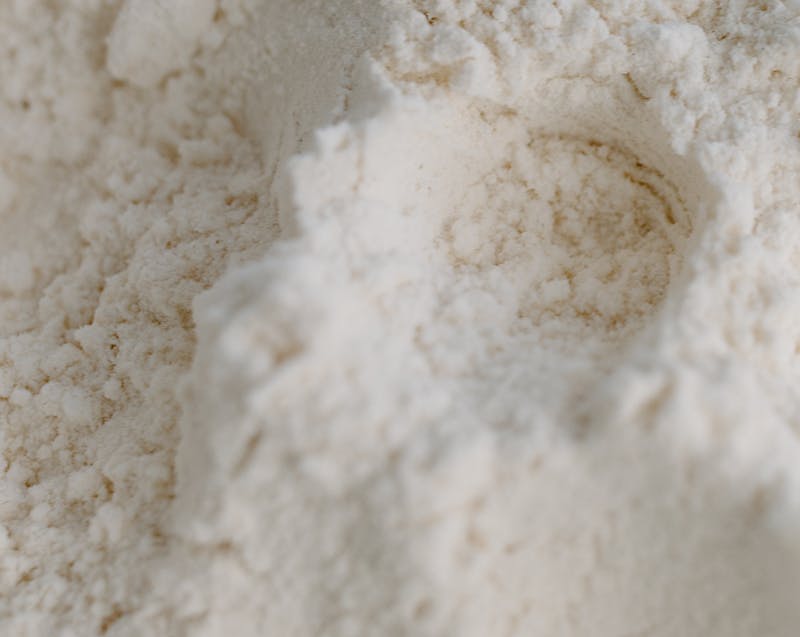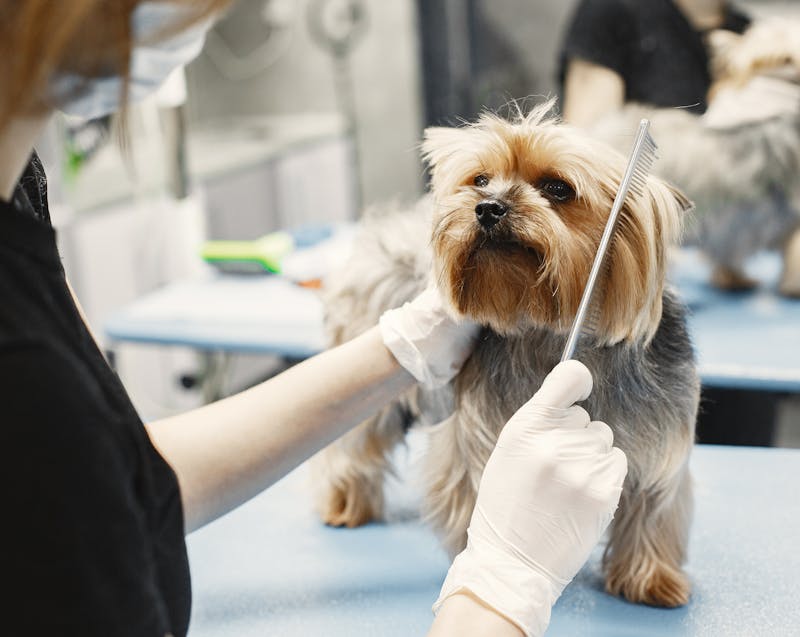- Only food-grade diatomaceous earth is considered safe for pets; pool-grade should never be used.
- DE can help with natural flea and tick control, but it must be applied carefully to avoid dust inhalation.
- Overexposure may cause respiratory irritation, dry skin, or digestive upset if pets ingest too much.
- Direct application on fur is not recommended; instead, use lightly on bedding, carpets, and pet-safe areas.
- Always consult a veterinarian before adding DE to a pet’s diet or using it regularly.
- Alternatives like vet-approved flea preventives, grooming, and regular cleaning can be safer options.
When it comes to natural pest control and holistic pet care, many owners look for safer alternatives to harsh chemicals. Diatomaceous earth (DE) is one product that often comes up in conversations among veterinarians, pet experts, and concerned owners. But the question remains: is diatomaceous earth safe for pets? While it offers several benefits, there are also precautions every owner should know before introducing it into their home or applying it to their furry friends.
This article will explore how DE works, its potential risks and benefits, and practical tips for using it safely with pets.
What Exactly Is Diatomaceous Earth?

To understand whether diatomaceous earth is safe for pets, it helps to know what it actually is. Diatomaceous earth, often called DE, is a fine, powder-like substance made from the fossilized remains of tiny aquatic organisms known as diatoms. These fossils are rich in silica and, once ground, form a powder that has unique abrasive and absorbent properties.
There are two main categories of DE that pet owners should be aware of:
- Food-grade diatomaceous earth – Considered safe in small amounts and sometimes used in food production or as a feed additive. This is the only type suitable for use around pets.
- Pool-grade diatomaceous earth – Treated with chemicals to serve as a filtration aid for swimming pools. This form is toxic and must never be applied in pet environments.
Because DE is abrasive at a microscopic level, it works by damaging the outer layer of insects, causing them to dehydrate and die. This makes it appealing for natural flea and tick control. But its safety for pets requires closer examination.
Is Diatomaceous Earth Safe for Pets?
This is the most pressing question pet owners ask when researching DE. The answer depends on the type used, the application method, and the pet’s health condition.
Food-grade DE is generally recognized by the FDA as safe for consumption in very small quantities and is sometimes used as an additive in livestock feed. Many pet owners use it as part of flea control strategies or even add tiny amounts to food for internal parasite support. However, this does not mean it is risk-free.
Potential concerns include:
- Respiratory irritation: The fine dust can irritate the lungs if inhaled. Cats, with their sensitive respiratory systems, are especially at risk.
- Skin dryness: Prolonged contact may dry out a pet’s skin or cause itching.
- Overconsumption risks: Large amounts may cause digestive upset.
In short, DE can be safe for pets when used responsibly, but owners must follow strict guidelines to reduce risks.
How to Use Diatomaceous Earth Safely Around Pets
If you’re considering DE for your household or pets, safety should be your top priority. Here are practical tips:
- Choose only food-grade DE: Avoid pool-grade at all costs.
- Apply lightly: If using it for fleas, sprinkle only a thin layer on carpets, bedding, or pet-safe areas, and vacuum regularly.
- Limit inhalation: Never blow DE directly onto your pet’s coat, and avoid creating airborne dust.
- Monitor skin condition: Check your pet for signs of irritation or dryness.
- Consult a veterinarian: Always ask your vet before adding DE to your pet’s food.
By using DE with caution, you can enjoy its natural pest-fighting properties without compromising your pet’s well-being.
Alternatives to Diatomaceous Earth

Even though DE can be useful, some pet owners prefer other natural or veterinary-approved solutions. Alternatives include:
- Regular grooming with flea combs to catch pests early.
- Veterinarian-prescribed flea and tick preventives for reliable protection.
- Natural sprays made from diluted essential oils (but only those proven safe for pets).
- Household cleaning routines, such as frequent vacuuming and washing pet bedding.
Exploring different methods ensures you can balance effectiveness with safety, especially if your pet has sensitive skin or respiratory conditions.
Common Questions About Diatomaceous Earth and Pets
Can pets ingest DE safely?
Yes, but only food-grade DE in very small amounts, and only under veterinary supervision.
Is it safe to use DE directly on my pet’s fur?
This is not recommended, as it can cause respiratory irritation and skin dryness.
Can DE be used for puppies and kittens?
Very young animals are more sensitive, so it’s best to avoid direct exposure and consult a vet first.
How does it compare with other natural pest products?
Many pet owners ask similar questions about other substances, such as “Is boric acid safe for pets?” While both can deter pests, DE is considered safer when used correctly, but still requires caution.
Final Thoughts on Pet Safety and Diatomaceous Earth
Diatomaceous earth can be a useful tool for pet owners who want a natural alternative to chemical pest control. However, the safety of pets should always come first. The most important factors are choosing food-grade DE, applying it responsibly, and consulting with a veterinarian before use. By being cautious and informed, you can minimize risks while benefiting from this natural product. Ultimately, the key is not whether DE is safe in theory, but how carefully it is used in practice.

